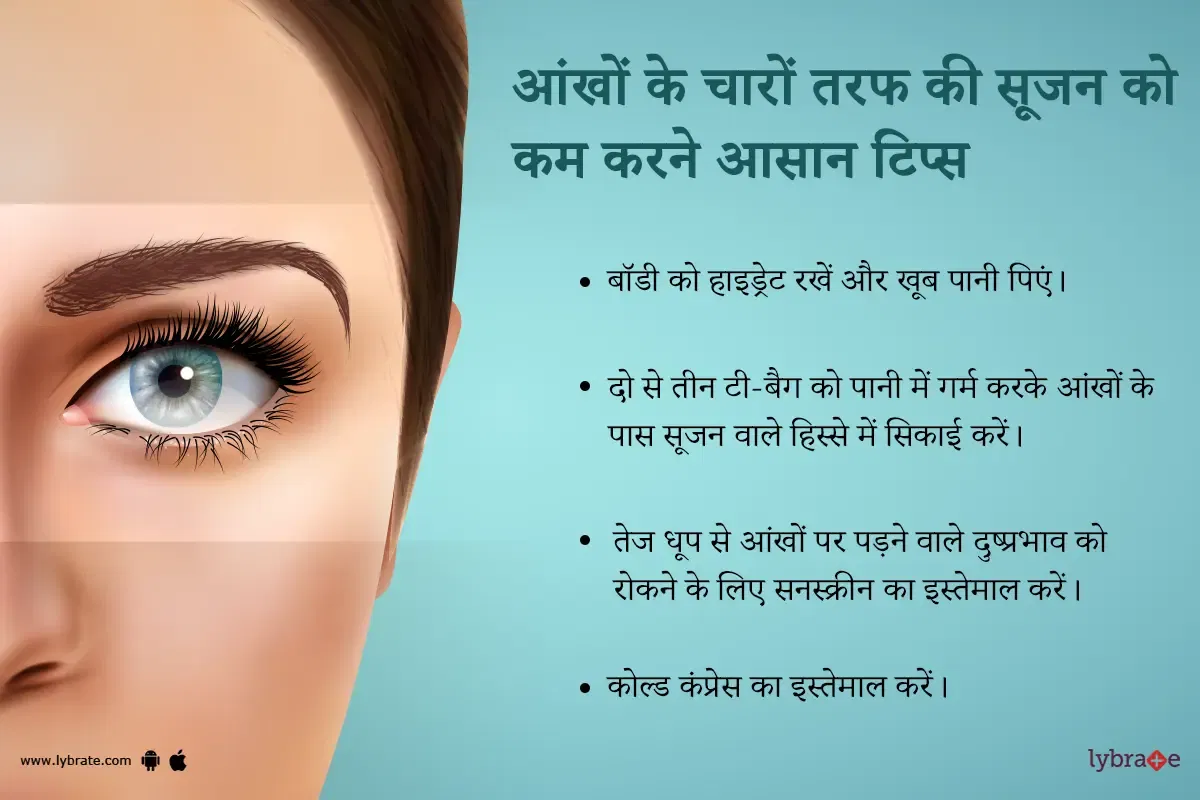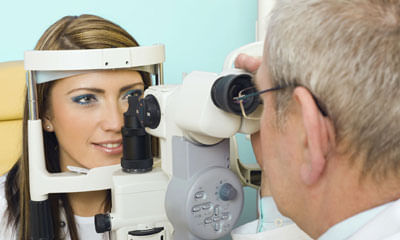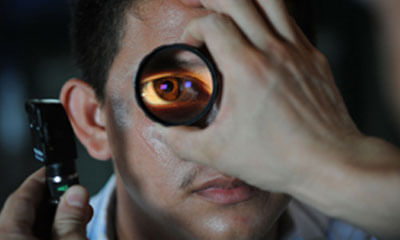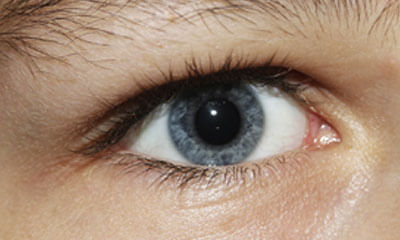Get the App
For Doctors
Login/Sign-up
Health Feed
Find Doctors
Health Packages
AllQ&AsTipsQuizzes
Eye Lid Surgery Health Feed
Asked for female, 27 years old from Mumbai
Share
Bookmark
Report
Last Updated: 3 years ago• Featured Tip
Share
Bookmark
Report
Masters Of Science In Dietetics And Food...read more
Dietitian/Nutritionist•Mumbai
रूप को परिभाषित करने में सुंदर त्वचा टोन के अलावा,चेहरे की विशेषताएं भी महत्वपूर्ण हैं । इसके लिए काम, खान-पान की खराब आदतों, तनाव की वजह से बहुत से लोगों को सूजी हुई आंखों की पलकों, काले घेरों और पिचके और खराब गालों की समस्या हो जाती है। गोल-मटोल गाल चाहे बच्चे हों या बड़े, क्यूटनेस की निशानी है।
भरे हुए गाल से आकर्षक और युवा दिखती हैं। युवा रहने पर में, गालों के नीचे की चमड़े के नीचे की चर्बी एक स्वस्थ, गोल-मटोल और युवा दिखती है। लेकिन उम्र के साथ, गालों के आस-पास के क्षेत्र में त्वच...more
भरे हुए गाल से आकर्षक और युवा दिखती हैं। युवा रहने पर में, गालों के नीचे की चमड़े के नीचे की चर्बी एक स्वस्थ, गोल-मटोल और युवा दिखती है। लेकिन उम्र के साथ, गालों के आस-पास के क्षेत्र में त्वच...more
Last Updated: 3 years ago• Featured Tip
Share
Bookmark
Report
Dr. Ravi thadani
Https://www. Lybrate. Com/delhi/doctor/dr-ravi-thadani-ophthalmologist-1
Mbbs, Ms. In ophthalmology. ;
41 years of experience 500 at clinic 99 online
He is a specialist in treating disorders of eyes with expertise as an ophthalmologist. He is a trained physician, having practised as a botox specialist treating various disorders like periorbital edema, glaucoma and hyperkeratinization of sclera and cornea. With his experience of years an...more
Https://www. Lybrate. Com/delhi/doctor/dr-ravi-thadani-ophthalmologist-1
Mbbs, Ms. In ophthalmology. ;
41 years of experience 500 at clinic 99 online
He is a specialist in treating disorders of eyes with expertise as an ophthalmologist. He is a trained physician, having practised as a botox specialist treating various disorders like periorbital edema, glaucoma and hyperkeratinization of sclera and cornea. With his experience of years an...more
10 people found this helpful
Last Updated: 3 years ago• Featured Tip
Share
Bookmark
Report
1 Dr. Chanchal gadodiya
Https://www. Lybrate. Com/pune/doctor/dr-chanchal-gadodiya-ophthalmologist
M. B. B. S, ms, d. N. B, fellowship in paediatric opth & strabismology
An eye doctor specializing in low vision eyes lasik, and laser eye surgeon, vitreoretinal, cataract, and glaucoma surgeon oculoplasty and cornea transplant surgeon a pediatric strabismus specialist with a master of science from b y l nair hospital in mumbai and a bachelor of medicine and...more
Https://www. Lybrate. Com/pune/doctor/dr-chanchal-gadodiya-ophthalmologist
M. B. B. S, ms, d. N. B, fellowship in paediatric opth & strabismology
An eye doctor specializing in low vision eyes lasik, and laser eye surgeon, vitreoretinal, cataract, and glaucoma surgeon oculoplasty and cornea transplant surgeon a pediatric strabismus specialist with a master of science from b y l nair hospital in mumbai and a bachelor of medicine and...more
Last Updated: 3 years ago• Featured Tip
Share
Bookmark
Report
हम अपने शरीर को सुडौल और चेहरे को सुंदर बनाए रखने के लिए तरह तरह के उपाय करते रहते हैं। त्वचा की देखभाल के ढेरों नुस्खें अपनाते हैं।पर कई बार आपके चांद से चेहरे पर सूजी हुई आंखें दाग लगा देती हैं। आंखों के नीचे की सूजन चेहरे की ताज़गी पर सवाल खड़े कर देती है। ये दरअसल रोजाना की थकान और नींद की कमी से हो सकता है।इससे छुटकारा पाने के लिए आप पर्याप्त मात्रा में आराम करने से काफी फर्क पड़ता है।पर कई बार सिर्फ इतना ही काफी नहीं होता। आपकी आंखों के आसपास की त्वचा अत्यधिक संवेदनशील होती है जिसपर छोटे प...more
1243 people found this helpful
Health Query
Share
Bookmark
Report
Asked for male, 25 years old from Saharanpur
Share
Bookmark
Report
Hello. First of all, -4.5 dioptre of refractory error (glasses) do not result from excessive computer work. It is just simple myopia. Yes you can go for lasik or other more advanced similar laser procedures. No need to worry. After surgery eye sight will not be affected due to your longer screen time of 10-12 hours. But you will have some dry eye problem after lasik, so you will have to take more care due to your job profile. Certain drops post surgery along with certain eye exercises, intermitt...more
Health Query
Share
Bookmark
Report
Asked for Male, 22 years old from Pune
Share
Bookmark
Report
Regarding how long you will have to take the medications- you will need to speak with the Dr. who prescribed them since he would have examined and prescribed accordingly.
And just for 2 days there won't be any effects on your lasik surgery outcome do continue your lasik medications as advised. Do make sure you have informed your own lasik surgeon also about these medications.
And just for 2 days there won't be any effects on your lasik surgery outcome do continue your lasik medications as advised. Do make sure you have informed your own lasik surgeon also about these medications.
Asked for male, 22 years old from Kannur
Share
Bookmark
Report
Book appointment with top doctors for Eye Lid Surgery treatment
View fees, clinic timings and reviews
Ask a free question
Get FREE multiple opinions from Doctors
posted anonymously

















